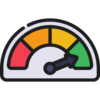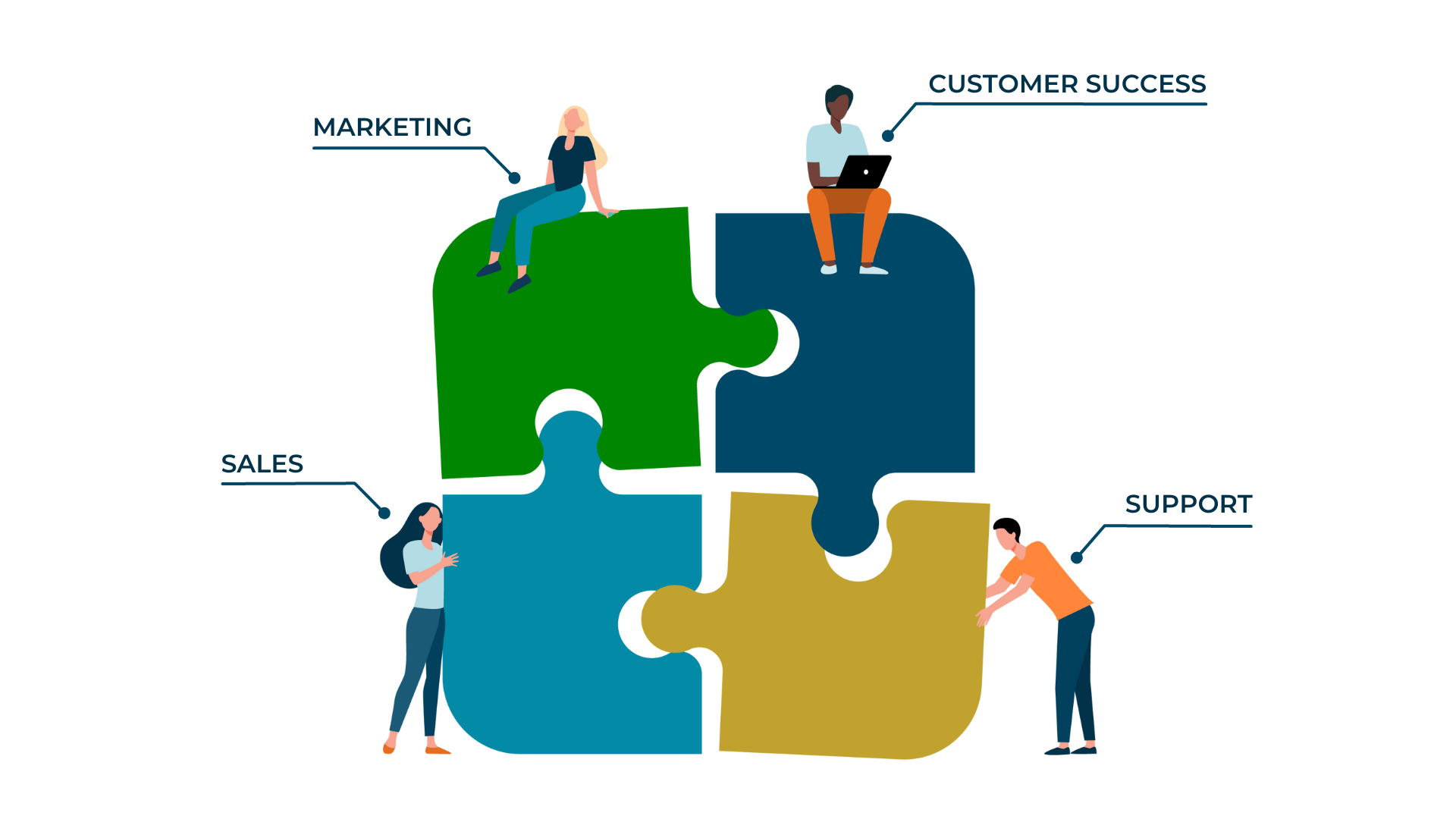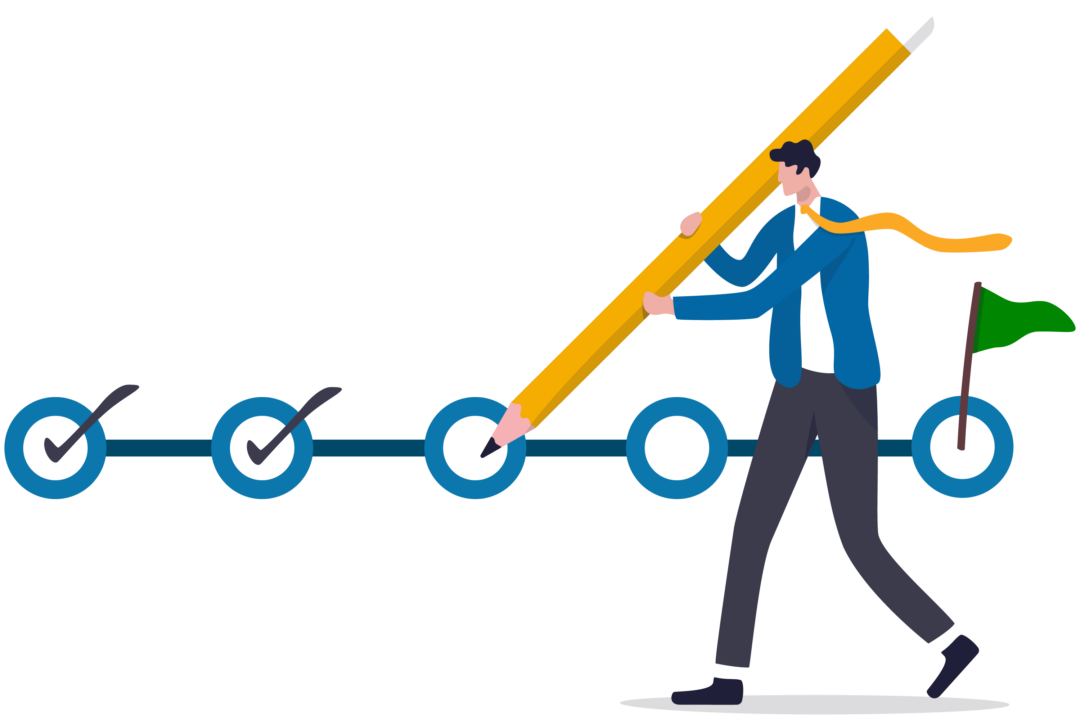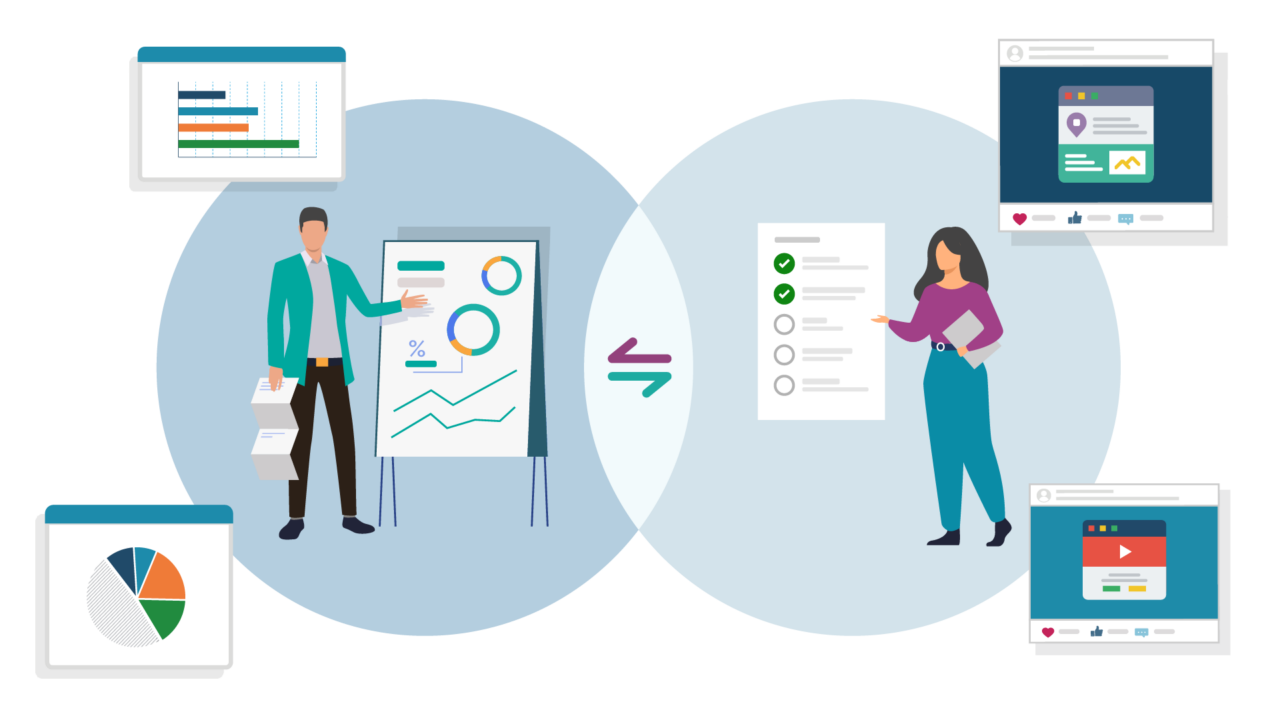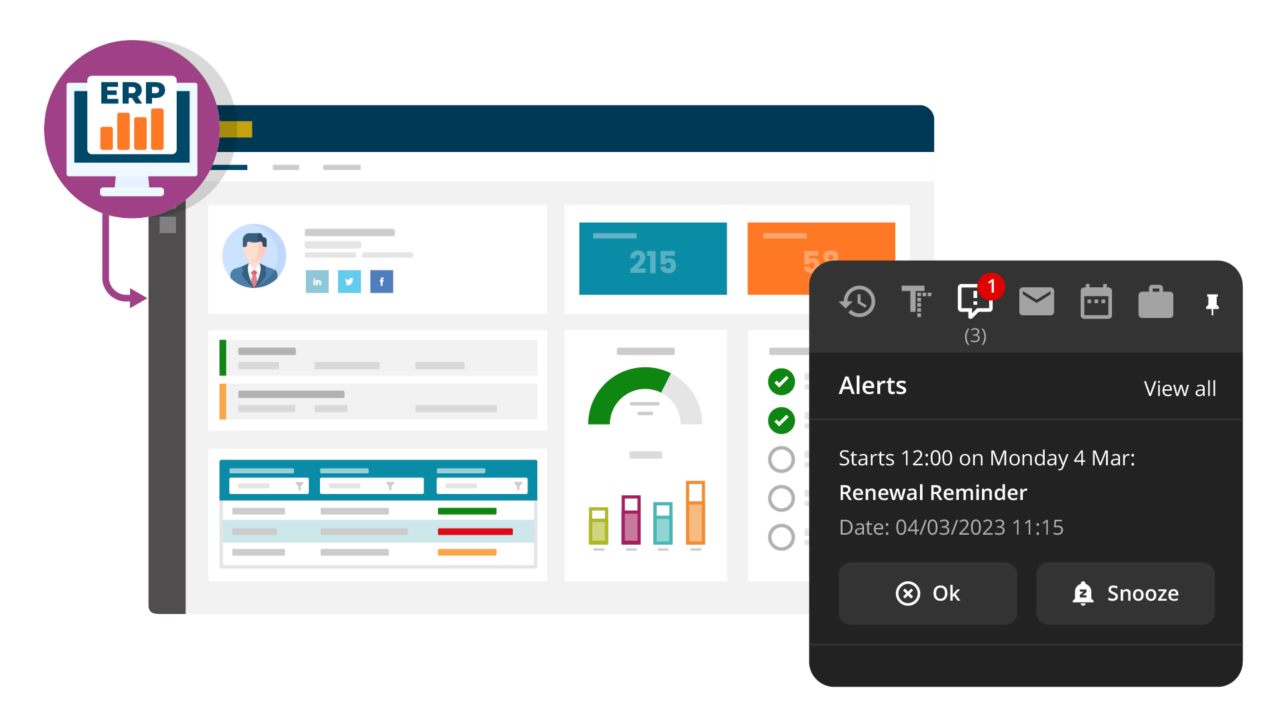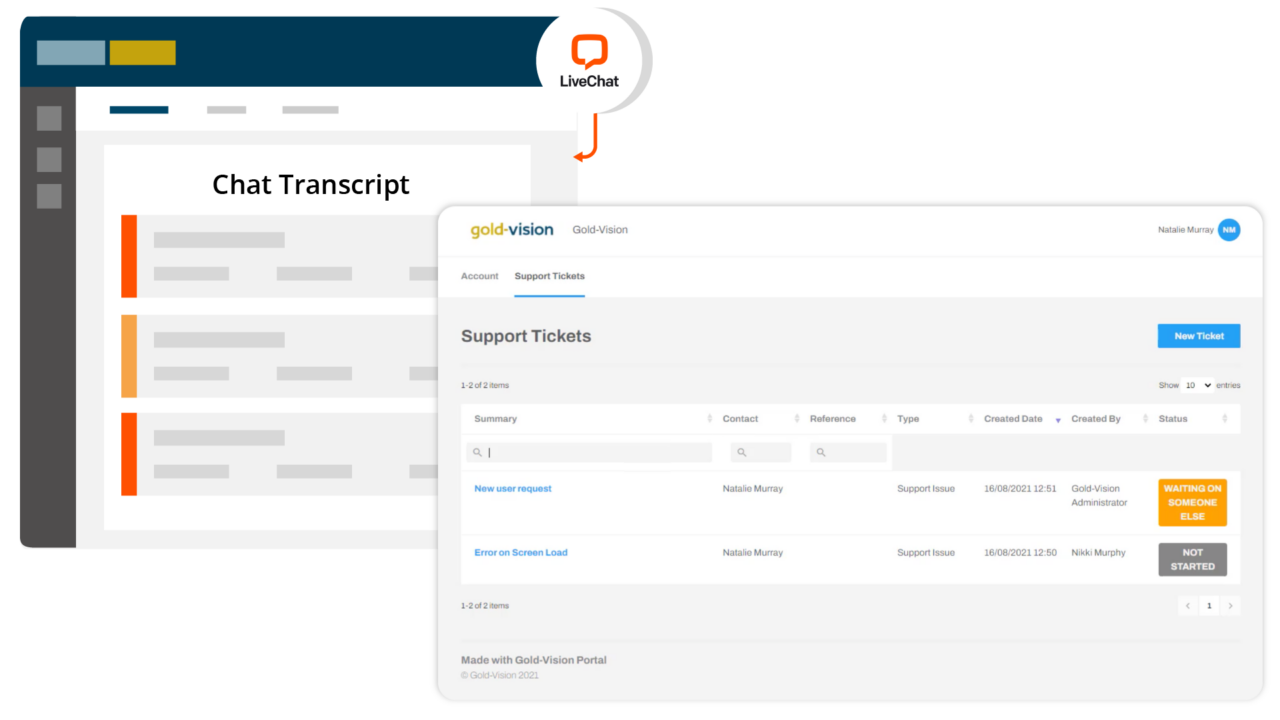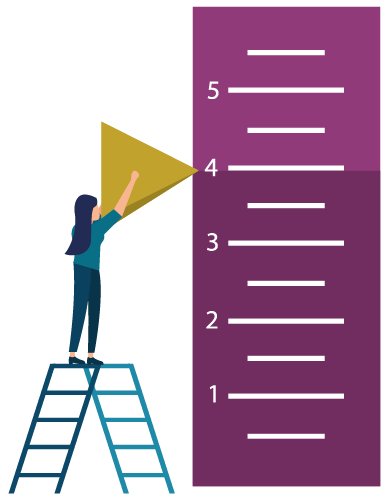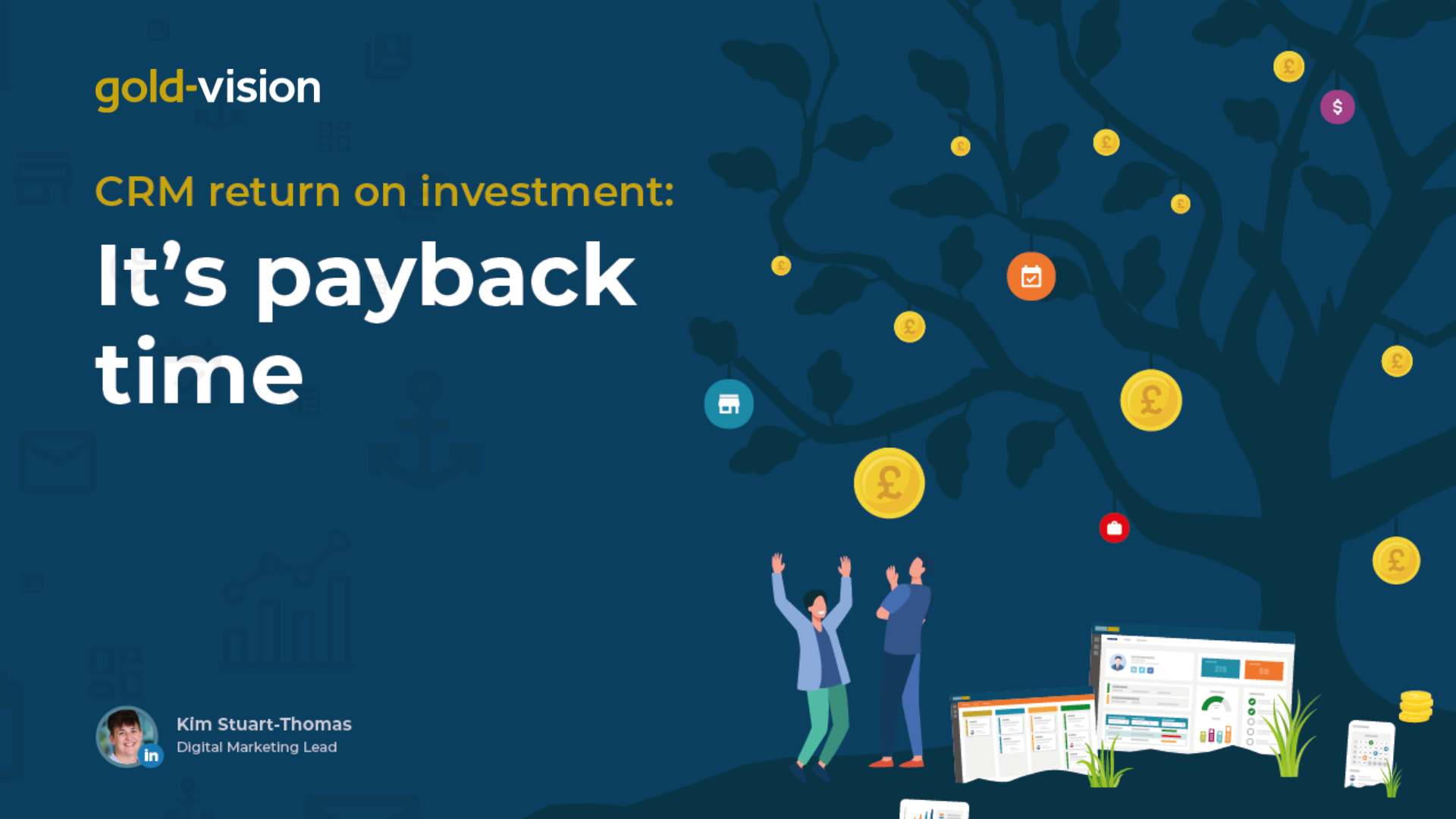Is it worth your time?
We understand that you might be sitting there thinking that all of this Revenue Enablement stuff sounds like a lot of work but we are confident it’s worth your time. Let’s have a look at a couple of examples:
Sales team
Shifting to a customer-centric mindset from just a sales-centric one can make an enormous difference in the journey of that customer, increasing their satisfaction and the likelihood of further business. This highlights the importance of effective communication at every step.
A salesperson should be checking in with a new customer to see how their project is going post-sale, periodically offering further help, or even being involved in the handover or implementation process of a given project.
Advantages
- Increases customer satisfaction
- Increases the likelihood of further business
- Gains valuable feedback to improve future sales and customer experiences
Projects & customer success team
What if, instead of stopping after a customer’s problem is solved, a member of this team was to make valuable recommendations throughout their conversation with the customer, or even after the fact? A great place to start would be to ask themselves:
- Is there an existing product or service that your company offers that could improve the customer’s overall experience?
OR
- Have they noticed anything an existing customer could be missing?
Advantages
- Builds customer loyalty
- Boosts customer gratification
- Identifies pain points that may have gone unnoticed otherwise
THIS is Revenue Enablement in action.
Revenue Enablement helps build trust between you and your existing customers, making your company appear much more approachable. In turn, this drastically increases the likelihood of increasing existing business, and your existing customers recommending your service. Word of mouth is powerful. Use it to your advantage!
Key takeaways
- Capitalize on every opportunity
- Every customer touch point supplies a chance for some form of revenue-generating activity
- Know your customer and their pain-points
- Consistent communication is essential



